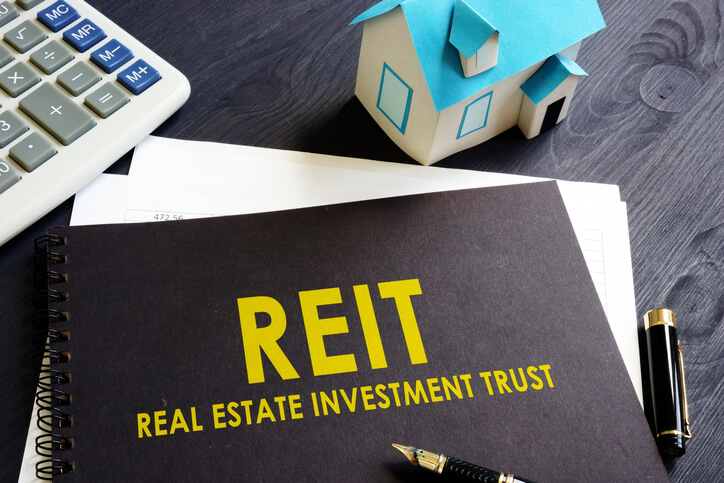REIT Seismic Retrofitting: Protect Your Portfolio

Managing a Real Estate Investment Trust (REIT) portfolio means constantly balancing profit, compliance, and tenant needs. But in earthquake-prone regions, REIT seismic retrofitting isn’t just smart—it’s essential.
It’s tempting to delay seismic retrofits—especially when budgets are tight and daily demands pile up. But waiting to retrofit or repair is often the most expensive choice, as rising costs and liability risks quickly outweigh the short-term savings.
Here are five reasons REIT decision-makers should prioritize retrofits now, not later.
1. Rising Insurance Premiums
Earthquake insurance rates are climbing. Underwriters increasingly flag older or non-retrofitted buildings as high risk, leading to higher premiums—or in some cases, difficulty obtaining coverage at all.
A completed retrofit shows insurers you’ve reduced exposure. Many REITs see measurable savings after retrofitting, turning what looks like a capital expense into an operating cost benefit year after year.
2. Stricter Lender and Investor Requirements
Lenders don’t want surprises. They’re asking sharper questions about seismic risk before approving loans or refinancing deals. Properties that lack seismic retrofits can face higher interest rates, reduced loan-to-value ratios, or worse—denied financing.
Many lenders now expect to see Scenario Upper Loss (SUL) estimates of 20% or less for earthquake-prone buildings. A high SUL signals elevated risk to the asset, making financing more expensive—or less likely.
By acting early, you demonstrate proactive risk management. REIT seismic retrofitting reassures lenders that collateral will hold up in an earthquake, keeping financing accessible and predictable across your portfolio.
3. Tenant Retention and Satisfaction
For tenants, confidence matters. A REIT seismic retrofit not only protects the structure—it protects operations. Warehouses, offices, medical facilities, and retail tenants all want assurance that their business won’t grind to a halt after the ground shakes.
At Saunders Seismic, we specialize in completing retrofits with minimal tenant disruption. Our teams plan around occupancy, working in phases, after hours, or during low-traffic periods to keep your tenants safe and operations running smoothly.
Clear communication, careful coordination, and strategic scheduling make all the difference. In fact, many REIT owners report tenant gratitude—not complaints—once the work is complete. The message is clear: “We value your business enough to protect it.”
4. Portfolio-Wide Risk Exposure
REITs face a unique challenge. Unlike single-building owners, one weak link can put the entire portfolio at risk. A vulnerable property isn’t just a safety issue—it can damage investor trust, trigger liability claims, and drag down performance across multiple assets.
Seismic retrofits for REITs reduce liability, stabilize net operating income, and strengthen long-term value. By treating retrofits as a portfolio-wide strategy—not a building-by-building patch—you safeguard both revenue streams and investor confidence.
5. The High Cost of Waiting
Every year of delay brings rising costs:
- Materials and labor often spike after major earthquakes.
- Insurance premiums keep climbing for unretrofitted properties.
- Regulatory mandates tighten, creating new compliance requirements.
Delaying REIT seismic retrofits doesn’t just increase costs—it reduces options. Many institutional buyers, including those backed by Wall Street capital, won’t purchase buildings that still need seismic work. When portfolios change hands, a few unretrofitted properties can jeopardize the entire deal. That limits your buyer pool and weakens your position in high-stakes negotiations.
Worse, a major quake can create emergency conditions where retrofitting isn’t optional—it’s urgent. At that point, costs soar and timelines shrink. Acting now locks in control over both scope and budget, preventing surprises later.
The Bottom Line for REIT Seismic Retrofitting
Seismic retrofits aren’t just construction projects—they’re financial strategies. They reduce risk, protect tenant satisfaction, and strengthen investor trust. For REITs, where portfolio stability and long-term value are the benchmarks, retrofitting is one of the smartest investments you can make.
Partner with Saunders Seismic to Protect Your REIT Portfolio
Delaying retrofits increases exposure to financial, legal, and operational risk. Acting now positions your REIT as a proactive, trusted steward of both property and people.
At Saunders Seismic, we’ve worked with REITs across California, Oregon, Washington, Nevada, and Utah to address seismic vulnerabilities early, helping protect property value, reduce liability, and build long-term stability.
Protect your portfolio and preserve long-term value. Contact Saunders Seismic today to start planning with clarity and confidence.
